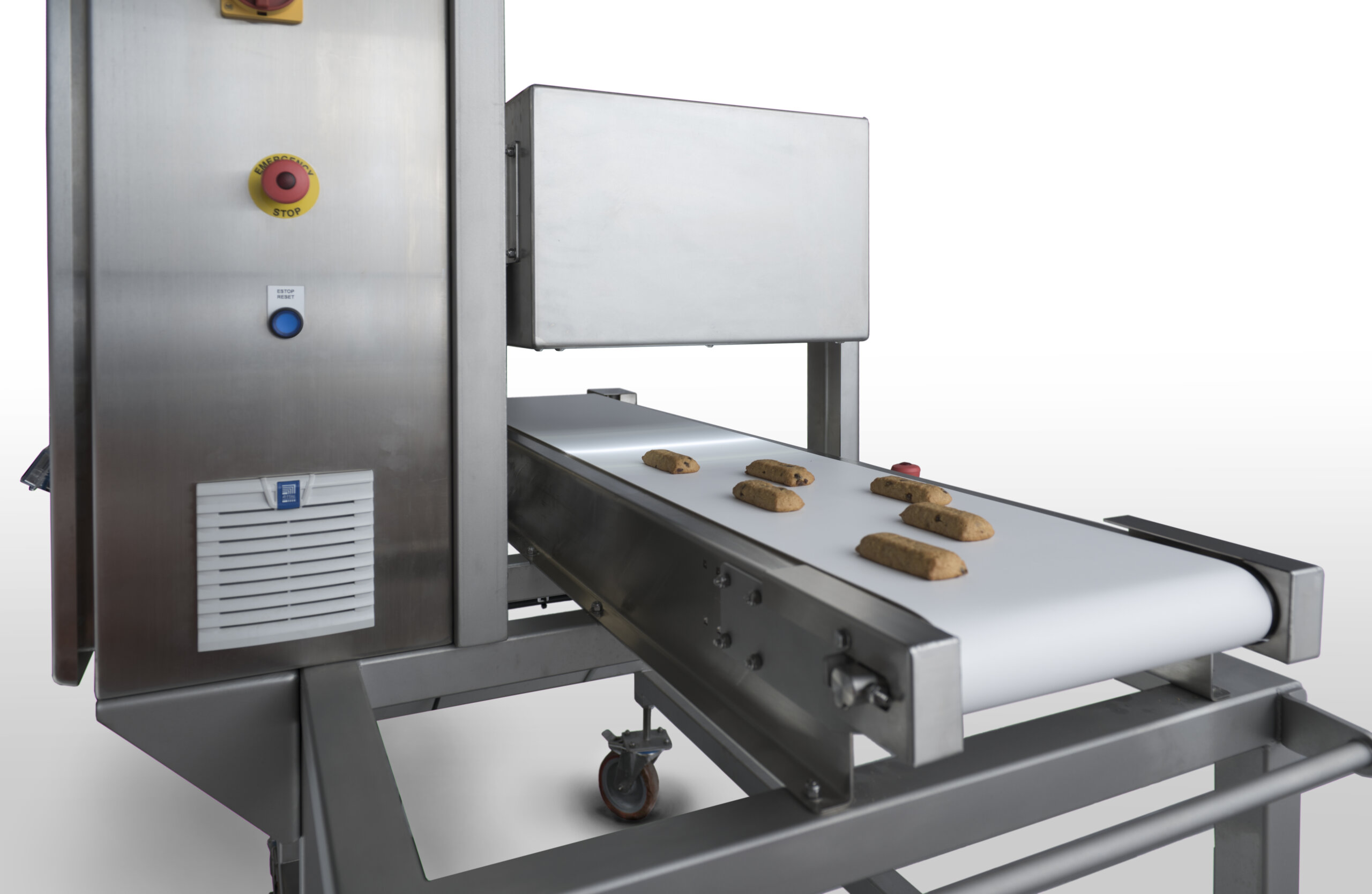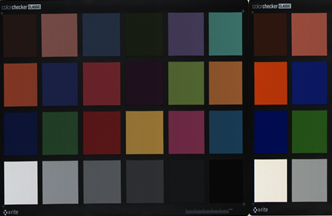Project Description
An off-line machine vision system can be a valuable tool, especially when 100% real-time machine vision is either unwarranted or infeasible. This may be the case for a number of reasons, for example when:
- online inspection is not necessary for the product(s) under consideration
- physical constraints limit the ability to retrofit an existing production floor with new equipment
 In such cases ProSensus’ off-line machine vision system is an excellent fit. This versatile system is designed:
In such cases ProSensus’ off-line machine vision system is an excellent fit. This versatile system is designed:
- with the ability to configure to multiple products/recipes/SKUs
- to be located away from the production floor
- for use on an as-needed basis
Quantify Quality Metrics of Baked Goods
ProSensus developed an off-line machine vision system for our client who manufactures baked-goods.
This vision system uses a color linescan camera (coupled with linear LED lighting) to quantify quality features of interest in their baked-good products.
The quality metrics quantify vital product characteristics such as:

- size (area, length and width dimensions, etc.)
- shape (axis length ratio, circularity, etc.)
- color (average brownness of surface, etc.)
- texture (average entropy, etc)
- key ingredient distribution (count of discrete ingredients on surface, percentage of surface covered, etc.)
The main application of this system is to calculate quality metrics on new product samples and then compare them to univariate and multivariate limits pre-established from “high quality” products.
Automate Data Collection for QA and R&D
 Collecting lab data is often thought of as a manual and time-consuming task. However, ProSensus’ off-line machine vision system automates conventionally labor-intensive QA and R&D activities.
Collecting lab data is often thought of as a manual and time-consuming task. However, ProSensus’ off-line machine vision system automates conventionally labor-intensive QA and R&D activities.
Operation of the machine vision system is very simple:
- Place the item(s) on the conveyor
- Select the relevant product/recipe/SKU using the HMI
- Create a suitable Sample ID
- Select “Run” for the system to scan the product(s), display the results and log a record of the results
The addition of this system has many benefits and potential use-cases, including those described below.
Just-In-Time QA
The system developed by ProSensus allows our client to conduct just-in-time QA of their baked-goods products, with machine-based quantification of product samples providing a significant improvement of existing quality systems.
Ad-Hoc Product Development
In addition, this same system can be used to accelerate new product development through improved quantification of product characteristics.
Aligning Quality Across Multiple Production Sites
Finally, the vision system can be used to expedite product transfer (replication of product quality across multiple production sites) through comparison of quality metrics to desired targets.
Getting Started
A turnkey machine vision solution from ProSensus typically includes: design, software, hardware, factory acceptance test, and post-commissioning support. Vision systems can be configured to handle different products, and include a camera calibration wizard.
Contact ProSensus today to get started with a feasibility assessment or with an on-site machine vision trial.










